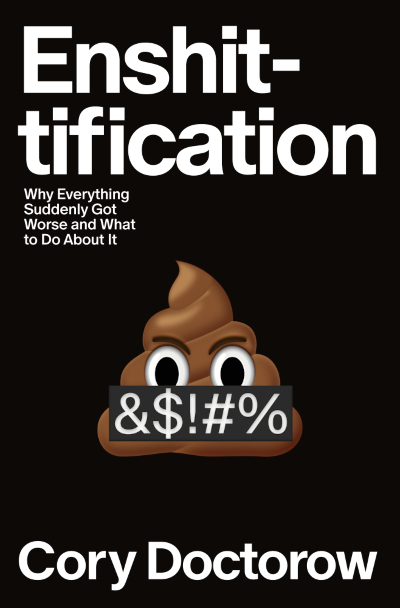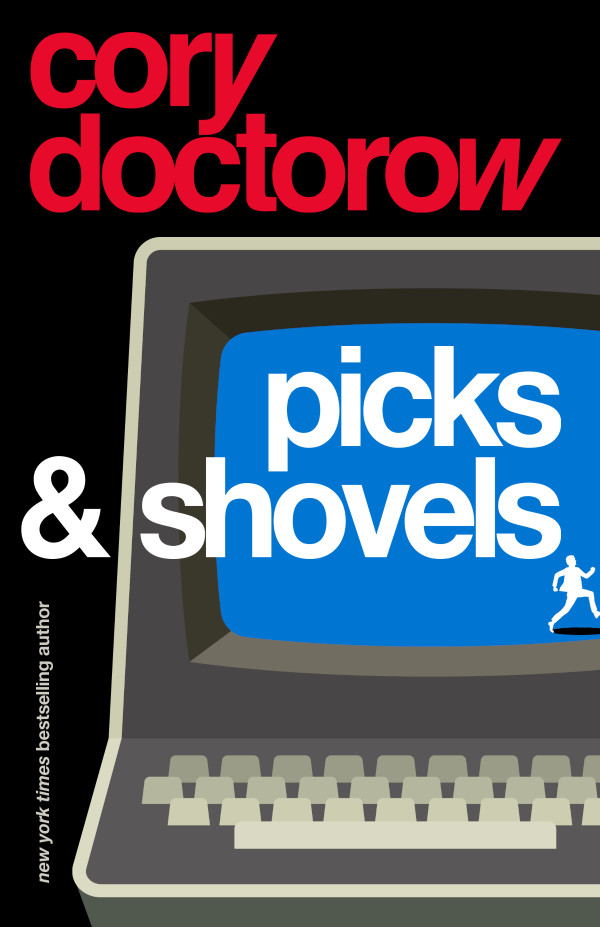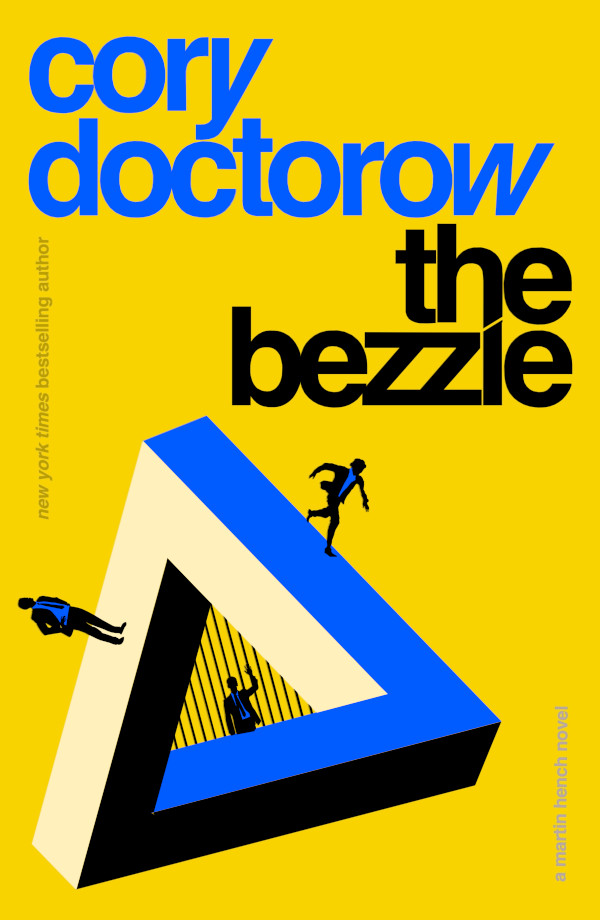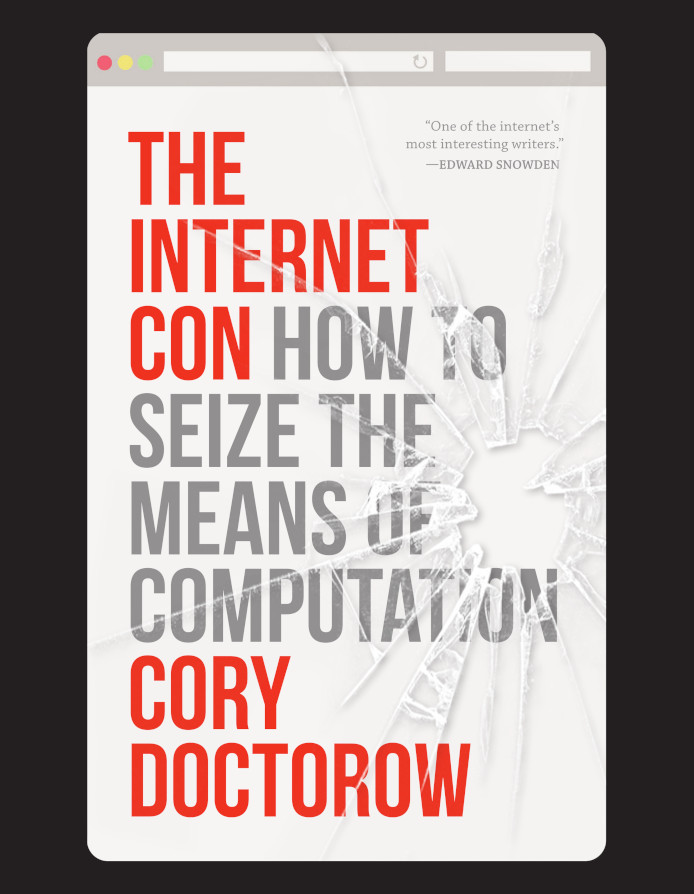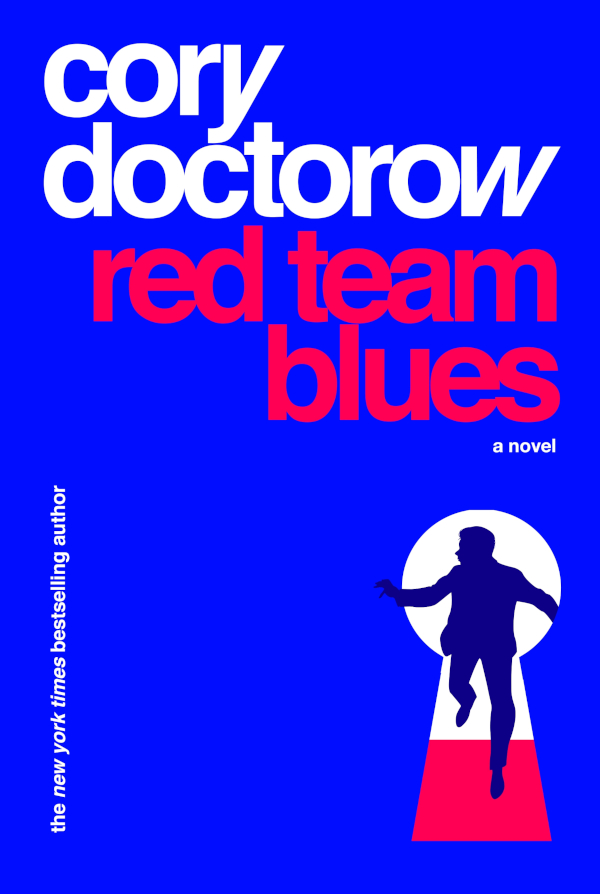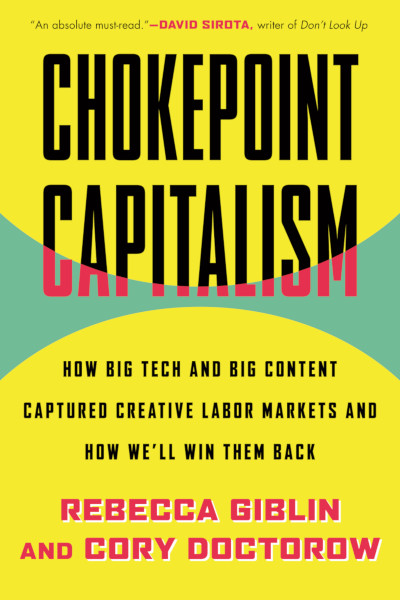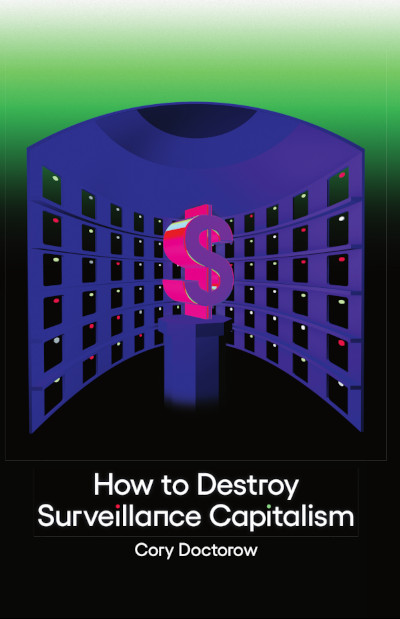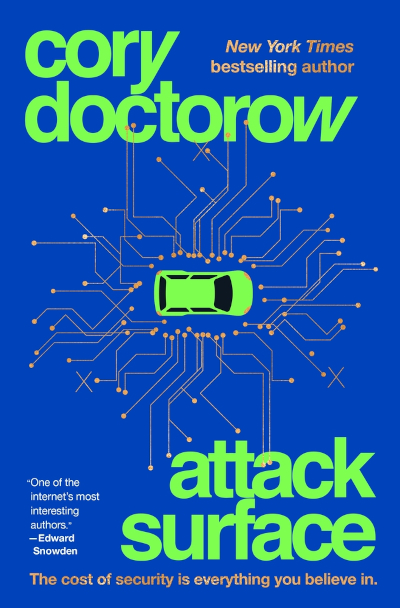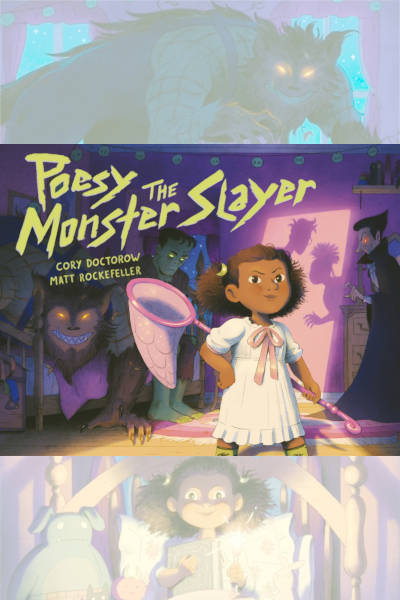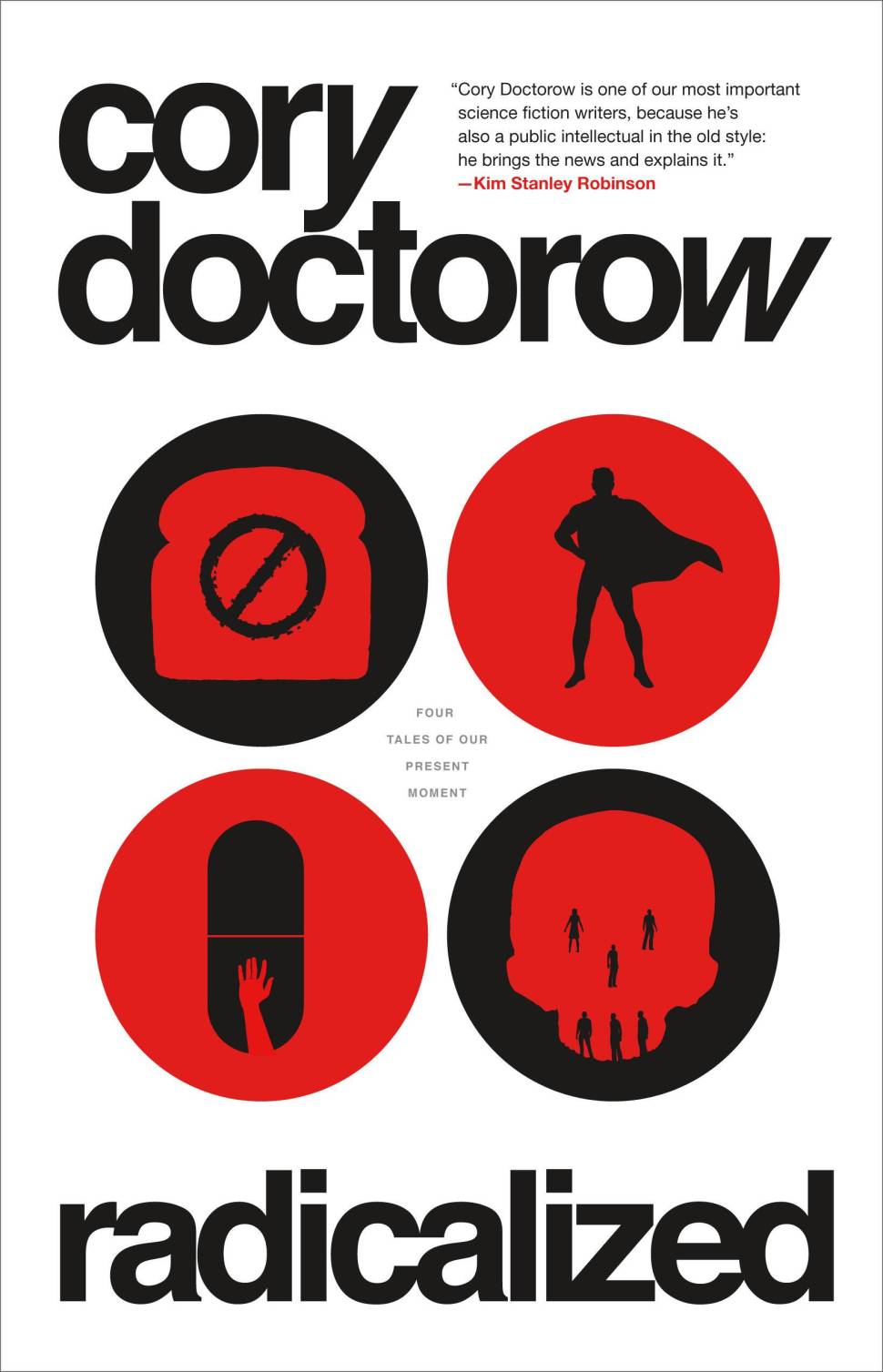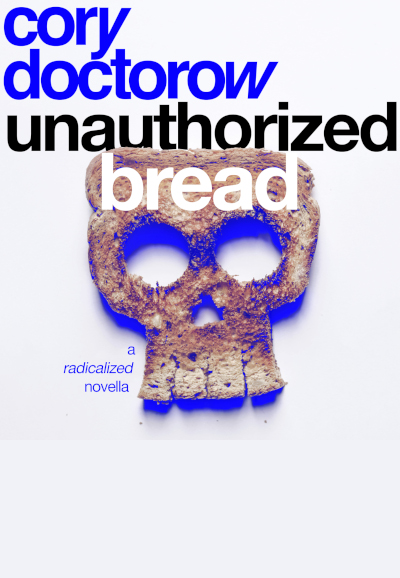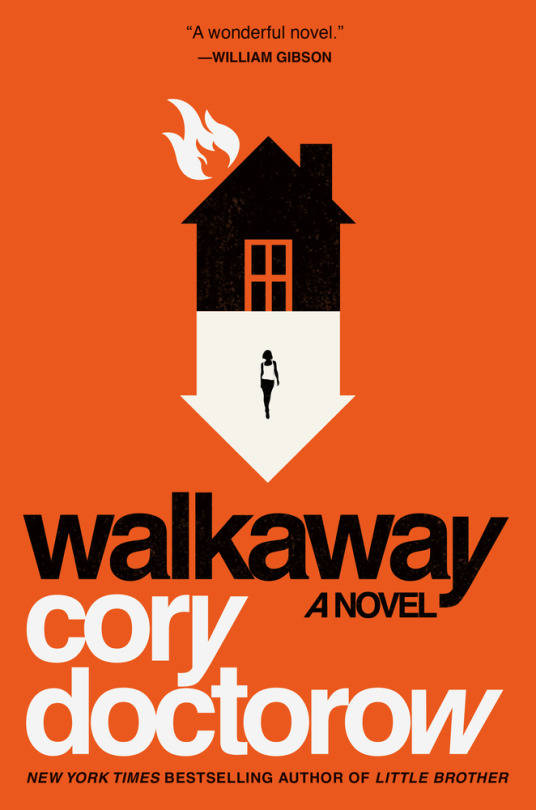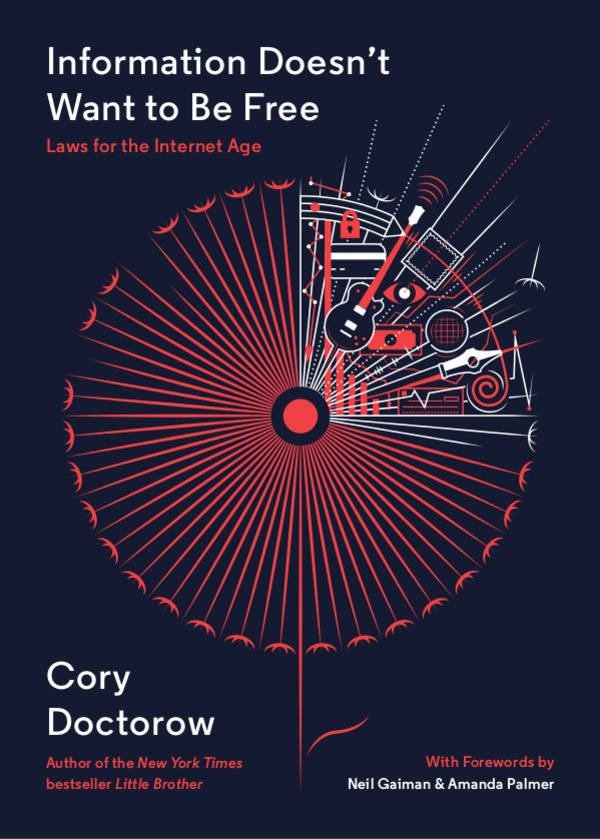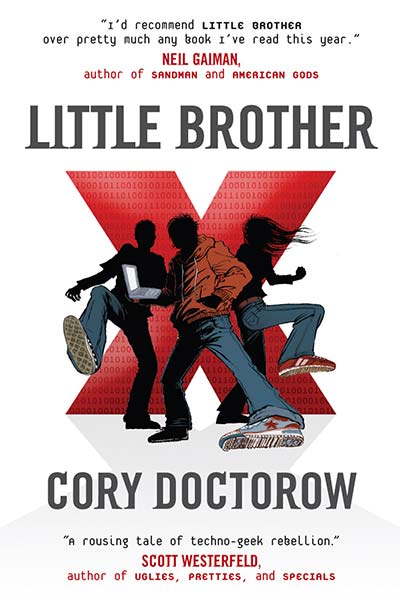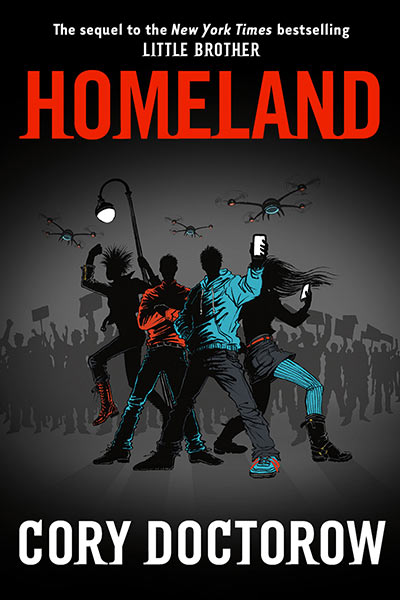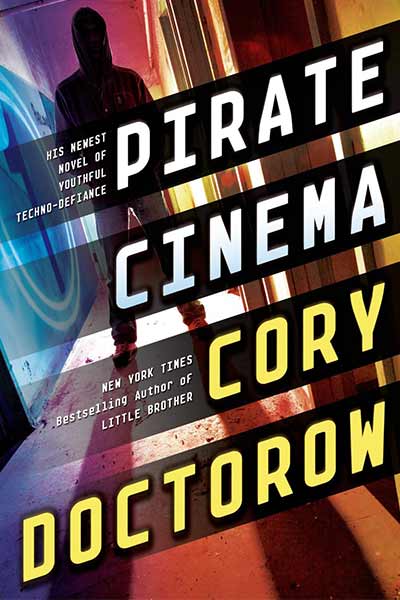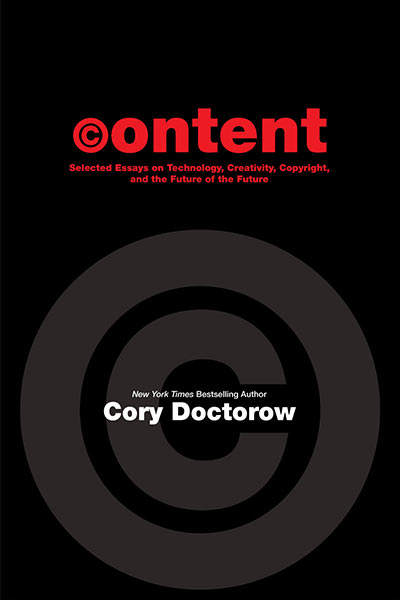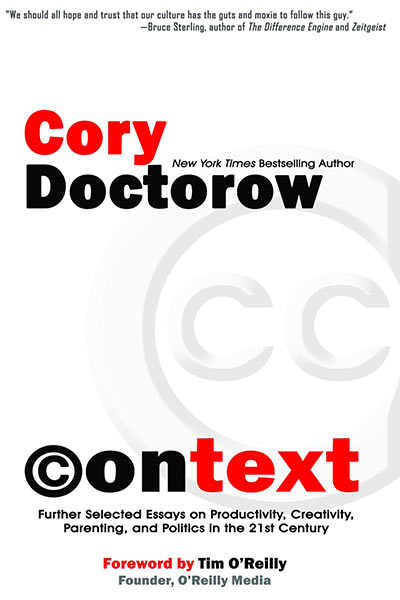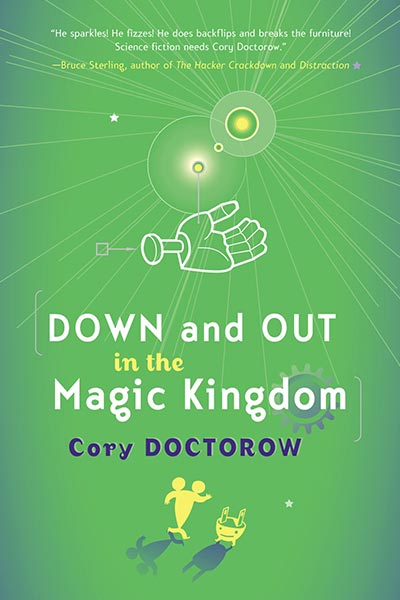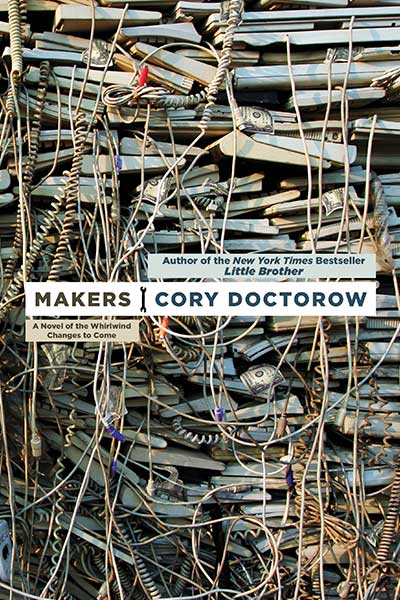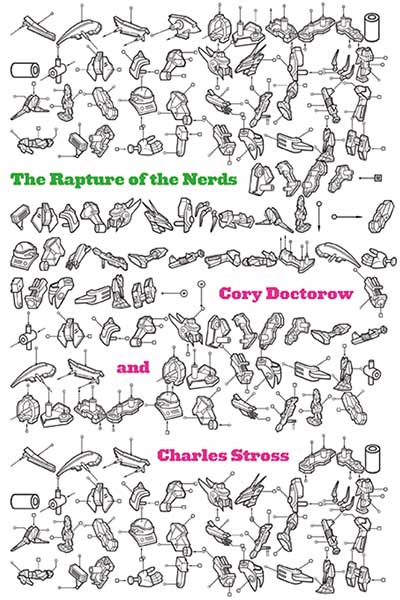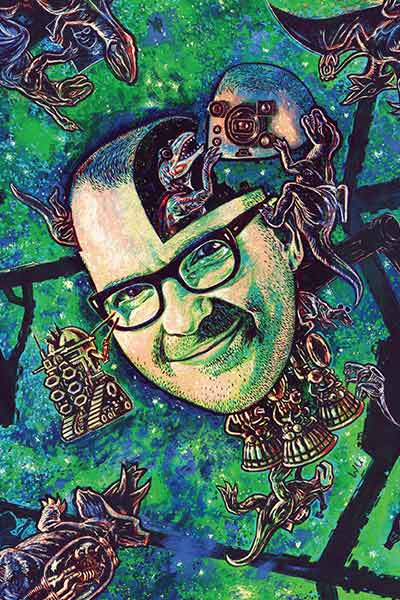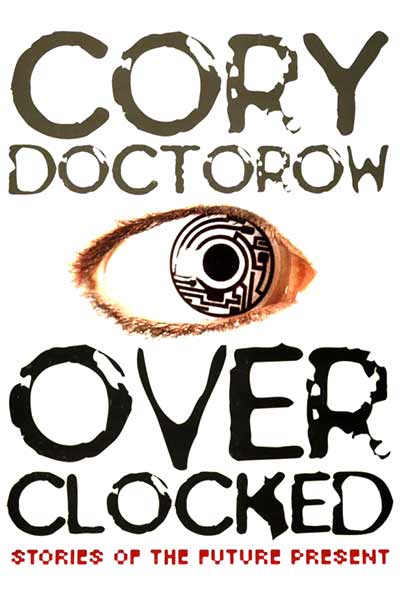
Here’s a reading (MP3) of a my November, 2013 Locus column, Collective Action, in which I propose an Internet-enabled “Magnificent Seven” business model for foiling corruption, especially copyright- and patent-trolling. In this model, victims of extortionists find each other on the Internet and pledge to divert a year’s worth of “license fees” to a collective defense fund that will be used to invalidate a patent or prove that a controversial copyright has lapsed. The name comes from the classic film The Magnificent Seven (based, in turn, on Akira Kurosawa’s Seven Samurai) in which villagers decide one year to take the money they’d normally give to the bandits, and turn it over to mercenaries who kill the bandits.
Why has Warner gotten away with its theft of ‘‘Happy Birthday’’ for so long? Because the interests of all the people who pay the license fee are diffused, and Warner’s interests are concentrated. For any one licensor, the rational course of action is paying Warner, rather than fighting in court. For Warner, the rational course is fighting in court, every time.
In this regard, Warner is in the same position as copyright and patent trolls: the interests of the troll are concentrated. Their optimal strategy is to fight back when pushed. But it’s the reverse for their victims: the best thing for them to do is to settle.
Collectively, though, the victims are always out more than the cost of a defense. That is, all the money made by a troll from a single stupid patent is much more than the cost of fighting to get the patent invalidated. All the money made by Warner on ‘‘Happy Birthday’’ dwarfs the expense of proving, in court, that they weren’t entitled to any of it.
The reason the victims don’t get together to fight back is that they don’t know each other and have no way to coordinate among each other. In economists’ jargon, they have a ‘‘collective action problem.’’
Mastering by John Taylor Williams: wryneckstudio@gmail.com
John Taylor Williams is a audiovisual and multimedia producer based in Washington, DC and the co-host of the Living Proof Brew Cast. Hear him wax poetic over a pint or two of beer by visiting livingproofbrewcast.com. In his free time he makes “Beer Jewelry” and “Odd Musical Furniture.” He often “meditates while reading cookbooks.”
MP3







